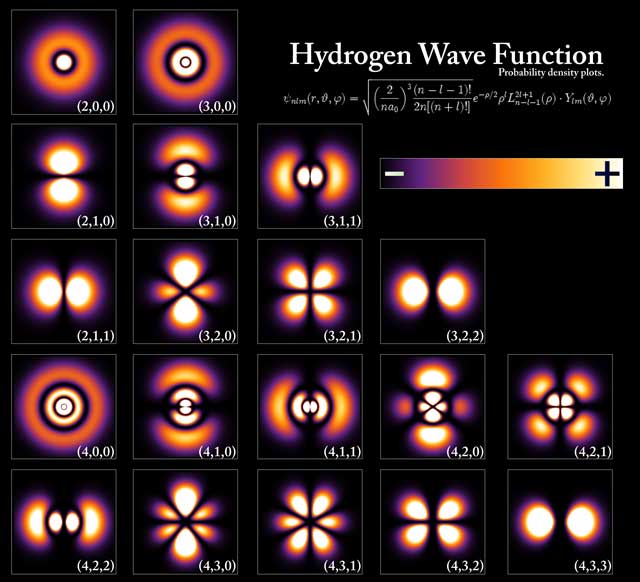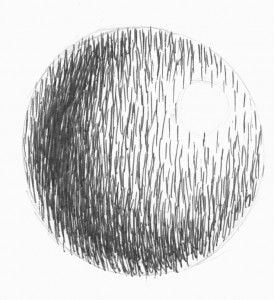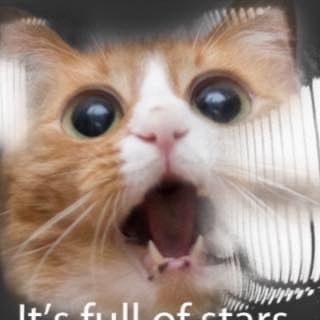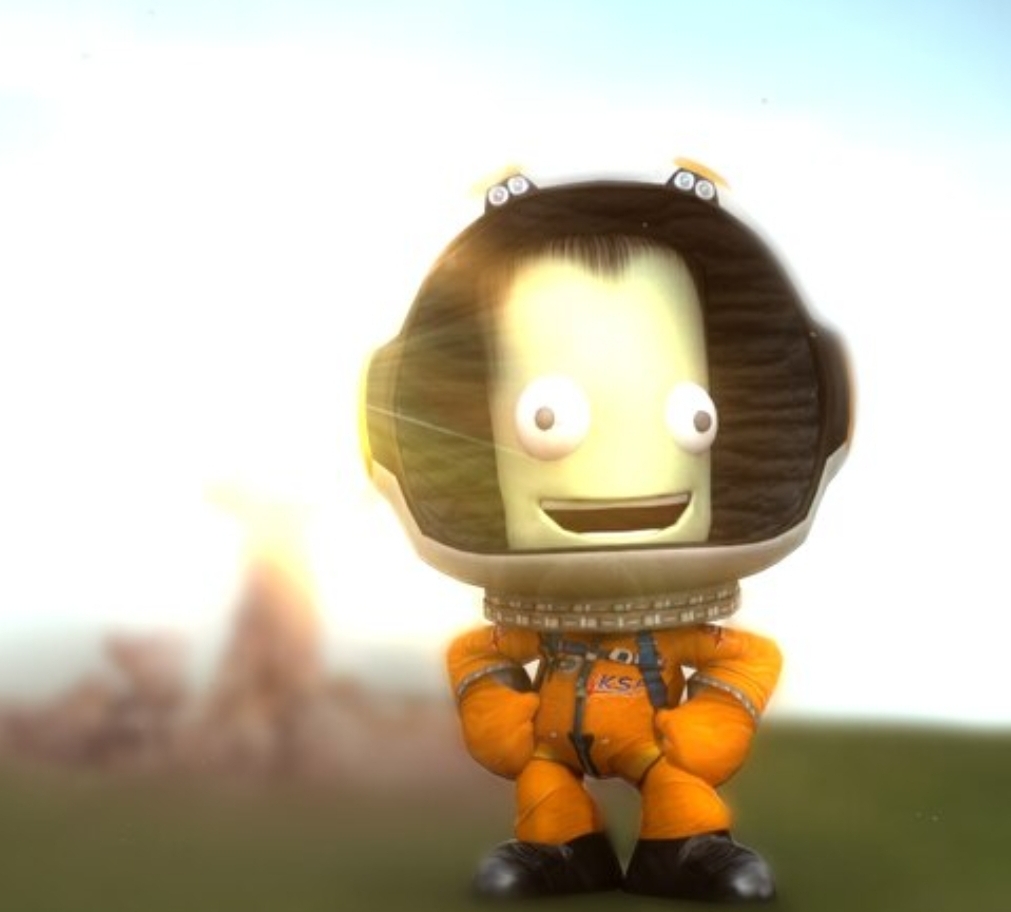Prove me wrong, I dare you!
They are. Solar systems make up galaxies, which make up clusters, which make up super clusters, which make up galaxy filaments the largest known structures in the universe. Each one of these recursions make the one before it seem infinitesimally small.
So they must all form something… right? What is that something?
The universe… which might actually be the inside of a giant black hole. Turns out the observable universe contains more than enough mass to create a black hole the size of the observable universe. This would also make sense because the Big Bang started as a singularity of infinite density, and what’s at the center of a black hole? A singularity of infinite density. This also would jive with the recent developments around the holographic universe theory because black holes have been shown to store all contained information holographically (basically all of the information is encoded on the 2d surface of the event horizon).
The theory that our universe is inside a black hole isn’t new, nor is it accepted as fact by the whole scientific community, but it is a genuine possibility. Then begs the question, is there another universe outside this black hole, and are there universes inside the black holes in our universe? It might be an infinite self contained loop of infinite universes.
Please note that all of this is way oversimplified.
I guess that could also explain why we’re only able to move in time in one direction? As in, time being the fourth dimension along which we are being pulled into that black hole of the higher, four-dimensional universe, with three-dimensional “surface” of the event horizon? Would that make any sense?
our universe… which is one of the multiverses… i hope i got what you’re looking for?
deleted by creator
It’s called a galaxy
Okay, so what if galaxies are synonymous to atoms in that they are the building blocks of something greater?
insert something here about protons, neutrons, electrons, quarks etc. being comparable to solar systems and planets.
Galaxies form galactic groups and clusters. Clusters can form into super clusters. Beyond that, you’re looking at the universe itself as the next large collection of stuff.
As above, so below
And beyond, I imagine
Likely beside as well.
As within so without
They are. They’re gravitationally bound into galaxies in much the same way that atoms are electromagnetically bound into molecules. These galaxies then group into clusters and strands, not too different from messy cobweb. Which molecules can do too.
You could probably keep going. The universe is basically a sponge. It’s not like, super poetic or anything. It’s just a sponge. I mean, unless sponges have some poetic metaphor I’m unfamiliar with.
Sponges suck up all the juices.
The burden of proof lies with the one making the claim. But cool thought though!
I haven’t been able to let this thought go since it first entered my mind years ago, but I have no means of providing evidence. The scale of our universe does not allow a lowly person like me to provide evidence for such theories :(
I like to think of it like fractals
The timescales for things would be wacky since there’s the speed of light as a maximum. Stars would decay way too fast for those timescales needed for normal distances of travel even at the speed of light
You mean like this?
Maybe, but afaik you can’t put atoms into a bag like that. Im not a chemist, but as I understand it atoms interact with other atoms to form elements.
In my thought experiment, universes would behave similar to atoms….
This is getting too detailed for a shower thought!
You are thinking of a gross oversimplification what atoms look like.
They aren’t “solar systems” like this
They are clouds of probabilities like this

Atoms and celestial bodies also work by completely different forces.
At least one reasonable answer. I mean, what does the question even mean?
I’d say there’s no “what if”. We can already know that they both are and are not building blocks of something greater.
What are atoms building blocks of? Nothing. Combining atoms to form a parsley doesn’t actually make anything new. Nothing emerges from combining atoms. There is no “parsley”, there’s just atoms.
Similarly solar systems form galaxies, they form galaxy clusters etc. But a galaxy is nothing but a collection of solar systems etc.
However, the direction of causation is not only from small to big. The big also influences the small, and actually also determines it. For example the position and movement of the small is influenced by the big. Its position and movement is what the small actually is, as being in a different place or moving differently it would be something else that what it is now. You can’t separate a thing’s position from what that thing is. And more fundamentally, a thing is its interactions with other things. Outside of its effects on other things, you can’t observe a thing, and those effects are the only existence of that thing.
In that sense you could say that atoms and solar systems are not building blocks of bigger things, as there are no fundamental building blocks and no things that are built either. There is just a network of things, none of which exist as independent things other than mutually determining and being determined by the network.
all of this has happened before, and all of this will happen again
There’s actually a Dutch website dedicated to this theory: http://home.kpn.nl/wegge168/Frame-engels.html
I could not ask for more.
These out-of-pocket theory websites are the best.
Remember the Time Cube?
I think galaxies may fit the quantum atomic model better. Each galaxy as an individual building block, the nucleus being the supermassive black hole at the core, and the equivalent of electrons as a cloud around it.
Prove me wrong, I dare you!
Well, the thing about atoms is that they arrange themselves in patterns to create those larger building blocks you speak of. Solar systems move much too slowly, so that by the time they would have arranged themselves into anything resembling the patterns exhibited by atoms, the heat death of the universe would have occurred.
The resemblance you see is orbit, but the major issue with uniting the orbit of atoms and the orbit of planets under one theorem is the scale of the forces at work. Gravity is many orders of magnitudes weaker than electromagnetic force holding electrons in place (and it needs to be that much stronger because of how much faster electrons move relative to their size than planets).
But now we’re getting into string theory.
Great point. We should also add for @Vupperware 's benefit that subatomic orbitals the way they’re envisioning them are a lie we tell ourselves because quantum mechanics is too damn weird to think about.
In fact, probably the greatest argument against atoms as smaller scale worlds is the fuckiness (technical term) of quantum mechanics on that scale. “Worlds” existing only as a probabilistic distribution might make existence difficult.
See I’m the opposite, the fuckiness at that scale is my greatest argument for their possible existence, accepting that their existence would be in a manner completely alien and unintelligible to me. There’s SO MUCH fuckiness that anything is possible.
The solar system and many like it are already part of a galaxy, and multiple galaxies form a galaxy cluster or filament due to gravity. Overall they already formed a neural-network-like pattern.
But, that assumes that it is the same time horizon as what we experience. I’ve often thought of the scenario where we are living on something that is like a quark of an atom of a much larger existence. And that maybe we make up a small bit of a dude who is sitting around having similar thoughts. But, this enormous (to us) dude moves on an extremely slower timeline. So slow that they there is no possible way we could communicate, even if either of us realized. And in the same regard, there are whole worlds that exist inside the quarks that make up the atoms that make up us. Maybe it is even a recursive existence that goes on to infinity. Because, why not? Prove me wrong. :-)
Subatomic particles are still constrained by the same speed of light as larger objects. As you scale up the speed by which this recursive universe operates in, this limit becomes more and more significant, and fewer interactions can occur in the relative unit of time.
To put it another way, if this super-universe were to use solar systems as atoms, the speed of light would mean their timescale would be in the billions of our years to their seconds. This is derived from the picosecond delay of forces acting between our atoms and scaling up to the solar system “atoms” that make up our galactic neighborhood (10-100 light years apart). So solar systems couldn’t be atoms on this timescale because they would do little but coalesce some of the intergalactic medium and die in seconds.
So what if our universe is the equivalent of those elements that scientists have only been able to create for less than a second?
It’s possible, but the theory assumes we’re operating within the same physics, just different scales of time and space. Supposing there are other universes with their own laws of physics is rather arbitrary, and you could literally argue anything :)
I would argue a universe as a unit is a terrible candidate for an atom for a super-universe since our physics assumes it is a closed system. It would be neat if we weren’t bound by the heat-death of the universe and somehow low entropic states could leak back in. But that is all pure speculation and it cannot be proven or disproven from a scientific point of view.
I will go one further and say what if the Universe itself combined with a googolplex of other universes make up the building blocks that form an atom in a bigger universe. Probably not but it is fun being creative.
I think I’ve seen this Simpsons couch gag.












